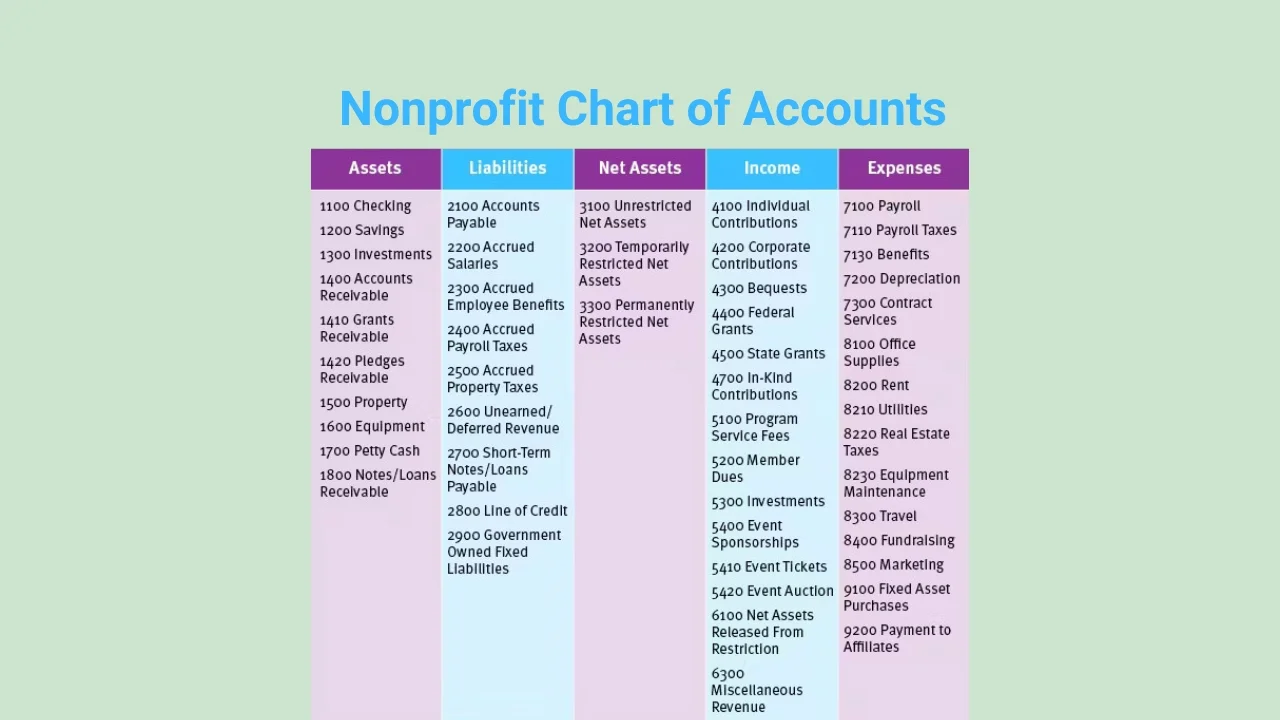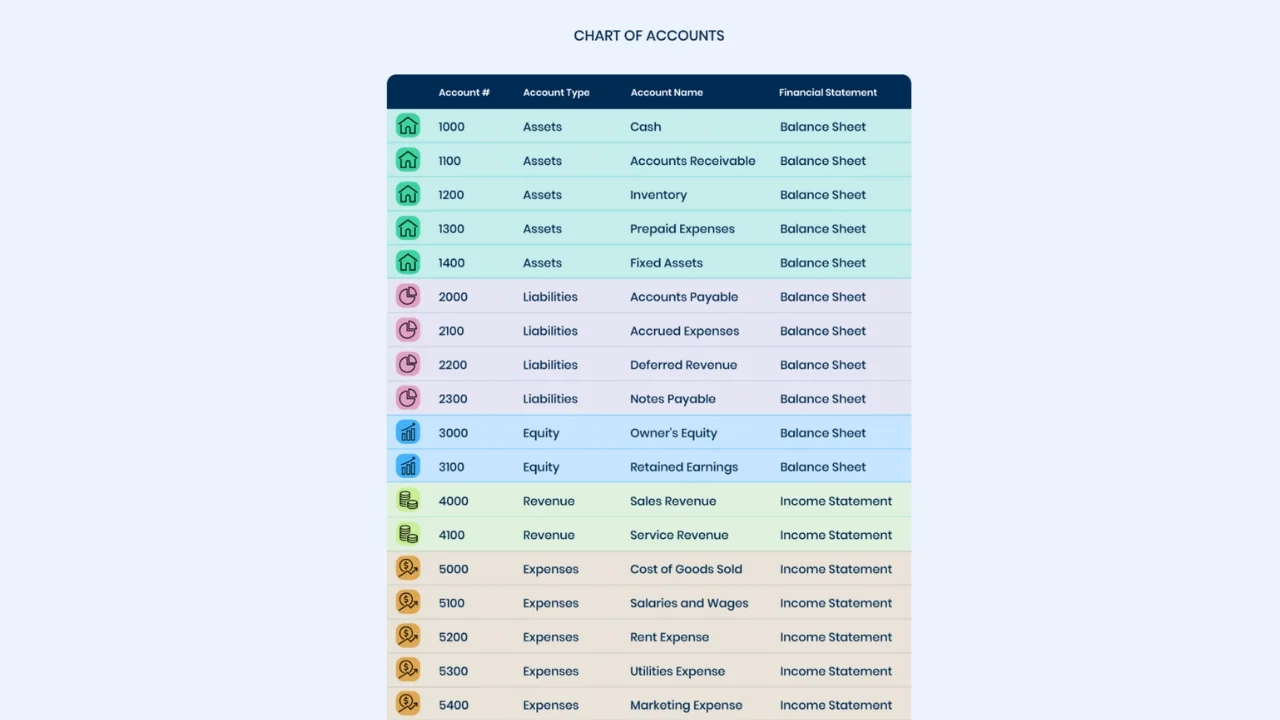Author: Kamrul Hasan Noor
-

Single Entry vs Double Entry Accounting: Which Method is Best?
Choosing the right accounting method for your business is crucial for accurate financial management. There are two main choices: single-sided and double-sided accounting. While both systems record financial transactions, they differ significantly in complexity, accuracy, and the depth of financial insights provided. This article explores the details of single entry vs double entry accounting to assist you in deciding which is most suitable for your business requirements. Single Entry vs Double Entry […]
-

How to Make a Budget Spreadsheet
Feeling overwhelmed by your finances? Ever wondered where it is all going? Here’s a comprehensive guide on how to make a budget spreadsheet to manage your finances effectively. A budget spreadsheet is your way to take control of your finances and meet […]
-

How to Make a Budget: A Step-by-Step Guide
Learning how to make a budget is a fundamental skill for financial stability and achieving your financial goals. Creating a budget is a fundamental step toward achieving financial stability and success. A well-structured budget helps you manage your income and […]
-

Why is Financial Accounting Important?
In the dynamic world of business, understanding the financial health of an organization is crucial. This is where financial accounting comes into play. But why is financial accounting important for business? Financial accounting is essential for every business. It is […]
-

What is the Financial Accounting Standard?
Financial Accounting Standards are rules and guidelines that govern the preparation of financial statements. These standards ensure consistency and transparency in financial reporting, helping stakeholders make informed decisions. Financial Accounting Standards promote accountability and accuracy in financial reporting by setting […]
-

Outsource Bookkeeping for Small Business: Save Time & Money
Outsource bookkeeping for small businesses to save time and reduce costs. It ensures accuracy and compliance with financial regulations. Outsourcing bookkeeping allows small business owners to focus on core operations while experts manage their financial records. It provides access to […]
-

What is the Key Financial Reporting Components?
Key financial reporting components include the income statement, balance sheet, cash flow statement, and statement of shareholders’ equity. These elements provide a comprehensive view of a company’s financial health. Financial reporting is crucial for assessing the financial performance and position […]
-

What are the Legal Requirements of Financial Reporting for Nonprofits
Financial reporting for nonprofits involves adhering to a variety of legal requirements. These requirements vary depending on factors such as the organization’s size, revenue, and specific state regulations. Not fulfilling them puts an organization’s legal status, transparency, and stakeholders’ trust […]
-

Nonprofit Chart of Accounts – Components, Purposes, Example
A nonprofit chart of accounts (COA) is a comprehensive list of financial accounts and ledgers that a nonprofit organization uses to categorize and track its financial activities. It serves as the backbone of all accounting procedures and helps in organizing […]
-

Sample Chart of Accounts
A well-structured financial framework is essential for the success of any business. The Chart of Accounts (COA) acts as the cornerstone of this framework, offering a precise and comprehensive structure for documenting all financial activities. However, there is no unified […]
